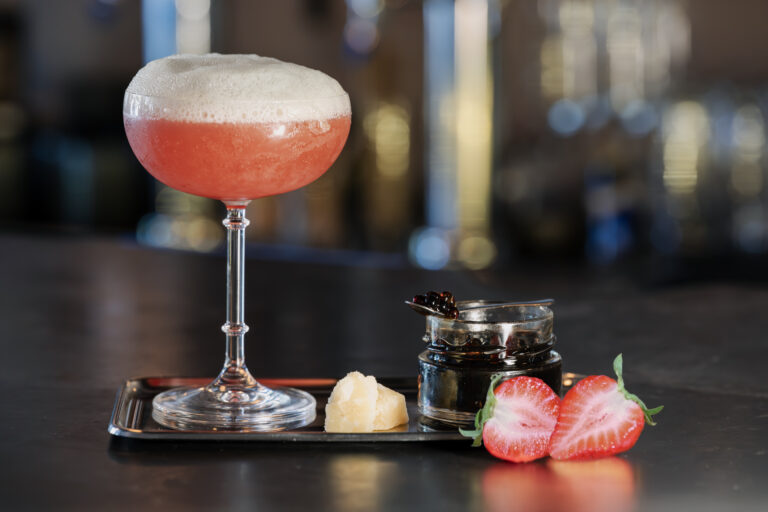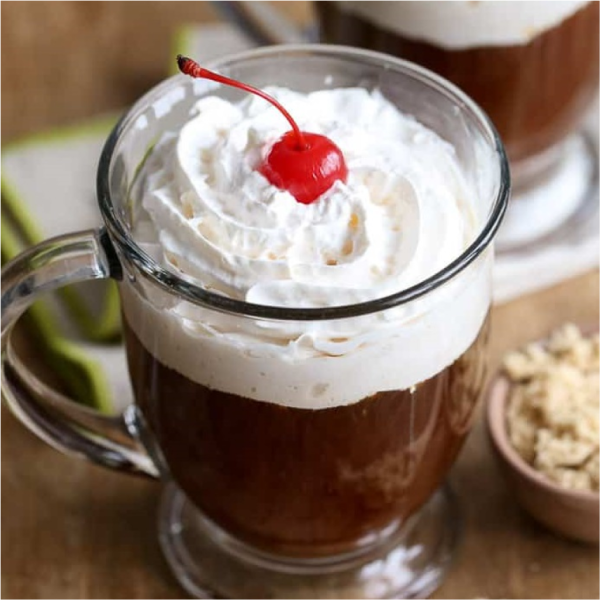Saké Stories
Discover the art, culture, and craft behind premium Japanese saké
Mixology
December 24, 2025
The Last Strawberry
This vibrant cocktail highlights juicy strawberry with bright lemon and a touch of peppercorn spice.
Read MoreMixology
December 24, 2025
Shi-Somokin’
This elegant cocktail pairs herbaceous shiso with creamy coconut, bright lemon, and bittersweet grapefruit.
Read MoreMixology
December 24, 2025
The Kiwi To Happiness
This bright, aromatic cocktail highlights the fresh tang of kiwi with citrus, gentle bitterness, and a whisper of anise on the finish.
Read MoreMixology
December 24, 2025
It Takes Two To Mango
This tropical-meets-spice cocktail layers lush mango with warming ginger, bright lime, and aromatic coriander bitters.
Read MoreMixology
December 24, 2025
Peachy Keen
This playful cocktail balances juicy peach and floral lychee with a gentle kick of Thai chili and bright citrus.
Read MoreMixology
December 20, 2025
Café Genshu
Rich, cozy, and indulgent, the Café Genshu is a decadent coffee cocktail with a smooth saké twist.
Read MoreNever Miss a Story
Stay up to date on new releases and news from us.








